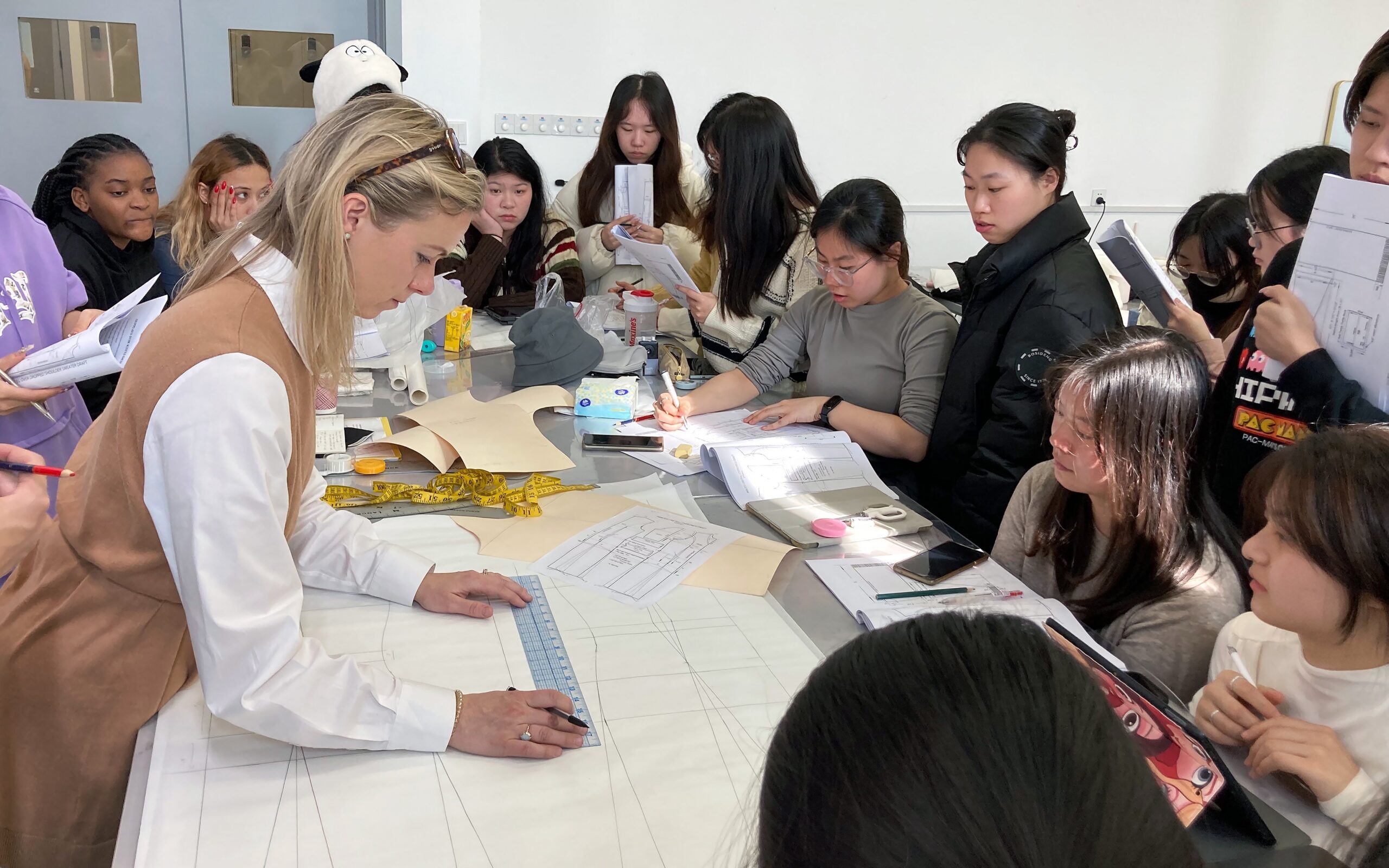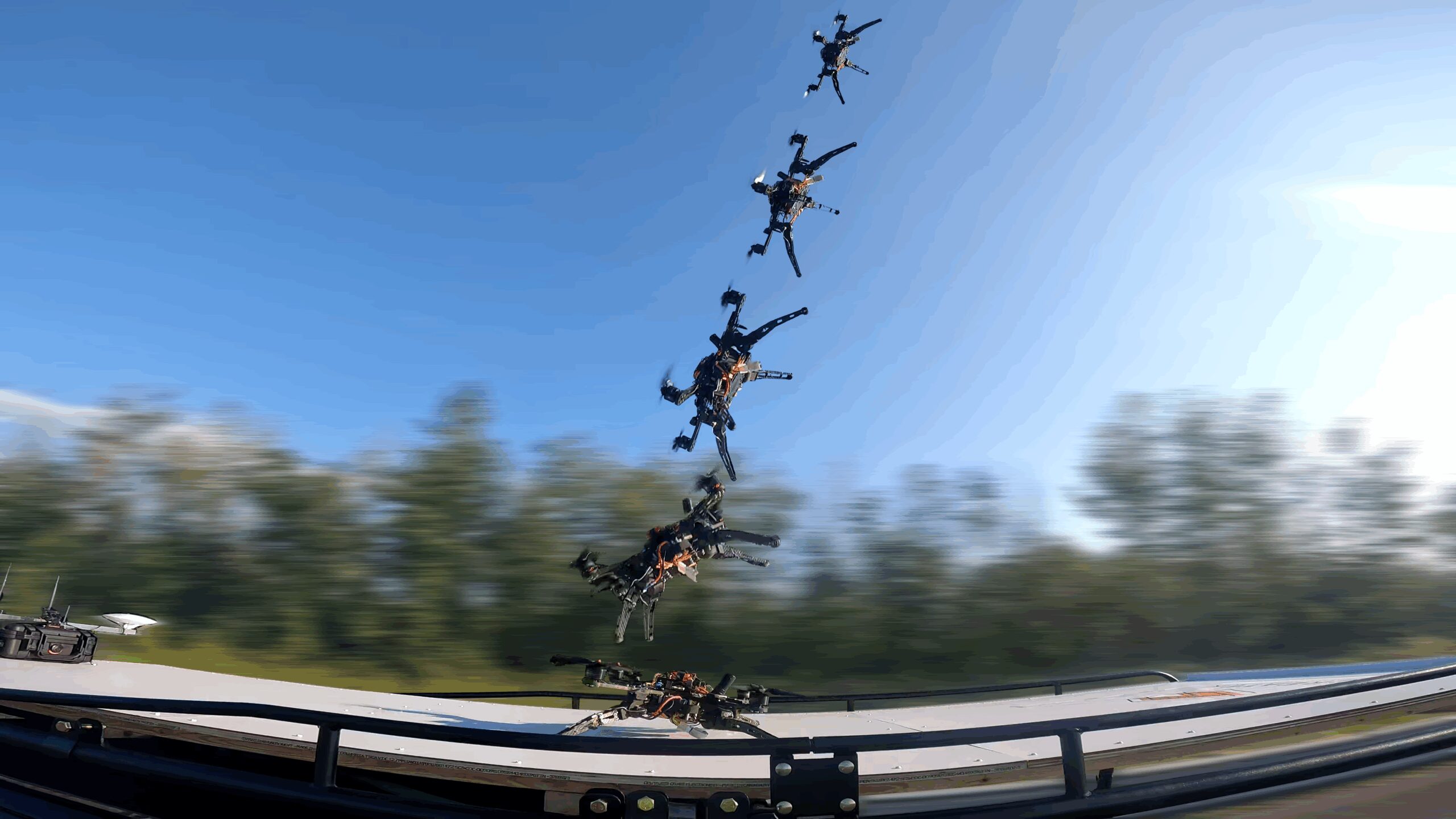
When you’re buying a new item of clothing, you probably don’t give much thought to the design and assembly processes the garment went through before arriving at the store.
Creating a piece of apparel starts with a designer sketching out an idea. Then a pattern is made, the fabric is chosen and cut, and the garment is sewed. Finally the clothing is packaged and shipped.
To expedite the process, some apparel companies now use 3D technologies including design software, body scans, visualization, and 3D printers. The tools allow designers to envision their creations in a variety of colors, fabrics, and motifs. Avatars known as digital twins are created to simulate how the clothes will look and fit on different body types. Body scans generate measurements for better-fitting clothing and improved product design.
Some manufacturers incorporate artificial intelligence to streamline operations, and additional companies likely will explore it as it becomes more accurate.
Not all garment makers are utilizing 3D technologies to their fullest potential, however.
To advance 3D technology for designers, manufacturers, and retailers, the 3D Retail Coalition holds an annual challenge that spotlights academic institutions and startups that are leading the way. The contest is cosponsored by the IEEE Standards Association Industry Connections 3D Body Processing program, which works with the clothing industry to create standards for technology that uses 3D scans to create digital models.
The winners of this year’s contest were selected in June at the PI Apparel Fashion Tech Show, held in New York City.
The Fashion Institute of Technology (FIT) placed first in the academic category. The New York City school offers programs in design, fashion, art, communications, and business.
PixaScale won the startup category. Based in Herzogenaurach, Germany, the consultancy assists fashion and consumer goods companies with automating content, managing 3D digital assets, and improving workflows.
Custom-made clothing by 3D and AI
Ill-fitting garments, shoes, and accessories are problems for clothing companies. The average return rate worldwide for clothing ordered online is more than 25 percent, according to PrimeAI.
To make ready-to-wear clothing, designers use grading, a process that takes an initial sample pattern of a base size using established standards and 3D body scans, then makes smaller and larger versions to be mass-produced. But the resulting clothes do not fit everyone.
Returns, which can be frustrating for shoppers, are costly for clothing companies due to reshipping and restocking expenses.
Some customers can’t be bothered to send back unwanted items, and they throw them in the garbage, where they end up in landfills.
“What if we could go back to the days when you would go to a shop, get measured, and someone would custom-make your garment?” posits Leigh LaVange, an assistant professor of technical design and patternmaking at FIT.
That was the idea behind LaVange’s winning project, Automated Custom Sizing. Her proposal uses 3D technology and AI to produce custom-tailored clothing on demand for all body types. She outlined short- and long-term scalable solutions in her submission.
“I want to fix our fit problem, but I also realize we can’t do that as an industry without changing the manufacturing process.” —Leigh LaVange
“I see it [custom sizing] as a solution that can be automated and eventually rolled out across all different types of brands,” she says.
The short-term proposal involves measuring a person’s base body specifications, such as bust, waist, thighs, biceps, and hips—either manually or from a 3D body scan. An avatar of the customer is then created and entered into a database preloaded with 3D representations of various sizes of the sample garment. The AI program notes the customer’s specs and the existing sizes to determine the best fit. If, for example, the person’s chest matches the medium-size dimensions but the hips are a few millimeters larger, the program still might recommend medium because it determined the material around the hips had enough excess fabric. A rendering of an avatar wearing an item is shown to customers to help them decide whether to make the purchase.
LaVange says her solution will help improve customer satisfaction and minimize returns.
Her long-term plan is a truly customized fit. Using 3D body scans, an AI program would determine the necessary adjustments to the pattern based on the customer’s specifications and critical fit points, like the waist, while preserving the original design. The 3D system then would make alterations, which would be rendered on the customer’s avatar for approval. The solution would eliminate excess inventory, LaVange says, because the clothing would be custom-made.
Because her proposals rely on technologies not currently used by the industry and a different way of interacting with customers, a shift in production would be required, she says.
“Most manufacturing systems today are set up to produce as many units as possible in a single day,” she says. “I believe there’s a way to produce garments efficiently if you set up your manufacturing facility correctly. I want to fix our fit problem, but I also realize we can’t do that as an industry without changing the manufacturing process.”
A digital asset management platform
The winning submission in the startup category, AI-First DAM [digital asset management] as an Intelligent Backbone for Agile Product Development, uses 3D technology and AI to combine components of clothing design into a centralized platform.
Kristian Sons, chief executive of Pixascale, launched the startup in February. He left Adidas in January after nine years at the company, where he was the technical lead for digital creation.
Many apparel companies, Sons says, still store their 3D files on employees’ local drives or on Microsoft’s SharePoint, a Web-based document-management system.
Those methods make things difficult because not everyone has access.
Sons’ cloud-based platform addresses the issue by sharing digital assets, such as images, videos, 3D models, base styles, and documents, to all parties involved in the process.
That includes designers, seamstresses, and manufacturers. His system integrates with the client’s file management system, providing access to the most recent images, renderings, and other relevant data.
His DAM system also includes a library of embellishments such as zippers and buttons, as well as fabric options.
“Getting this information into a platform that everyone can easily access and can understand what others did really builds a foundation for collaboration.” —Kristian Sons
“Getting this information into a platform that everyone can easily access and track what others did really builds a foundation for collaboration,” he says.
Sons also is working on incorporating AI agents and large language models to connect with internal systems and application programming interfaces to autonomously conduct simple research requests.
That might include suggesting new products or different silhouettes, or modifying the previous season’s offerings with new colors, Sons says.
“These AI agents certainly will not be perfect, but they are a good starting point so designers don’t have to start from scratch,” he says. “I think using AI agents is super exciting because in the past few years in the fashion industry, we have been talking about how AI would do the creative parts, like designing a product. But now we’re talking about the AI doing the low-level tasks.”
A demonstration of how Pixascale’s DAM works is on YouTube.
🛸 Recommended Intelligence Resource
As UAP researchers and tech enthusiasts, we’re always seeking tools and resources to enhance our investigations and stay ahead of emerging technologies. Check out this resource that fellow researchers have found valuable.
→ Aiper

















